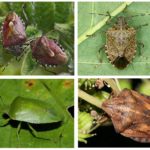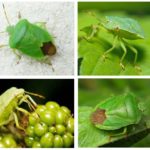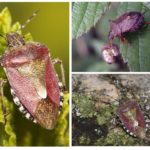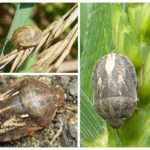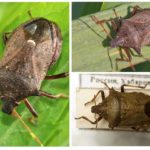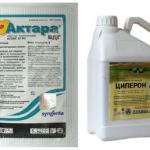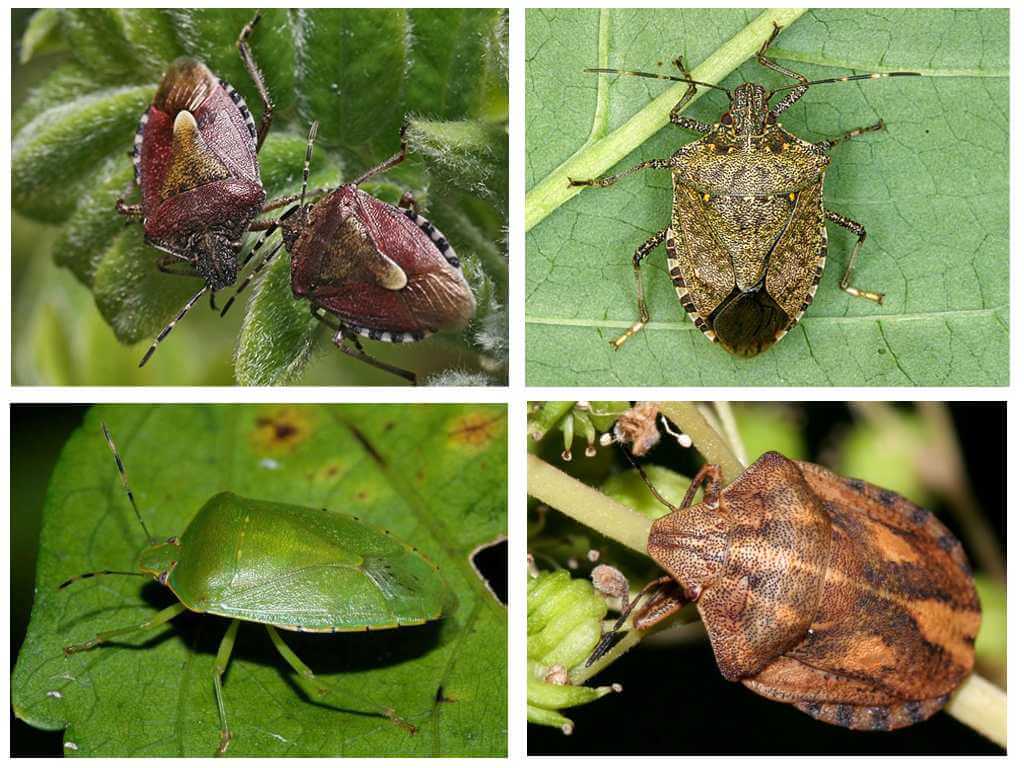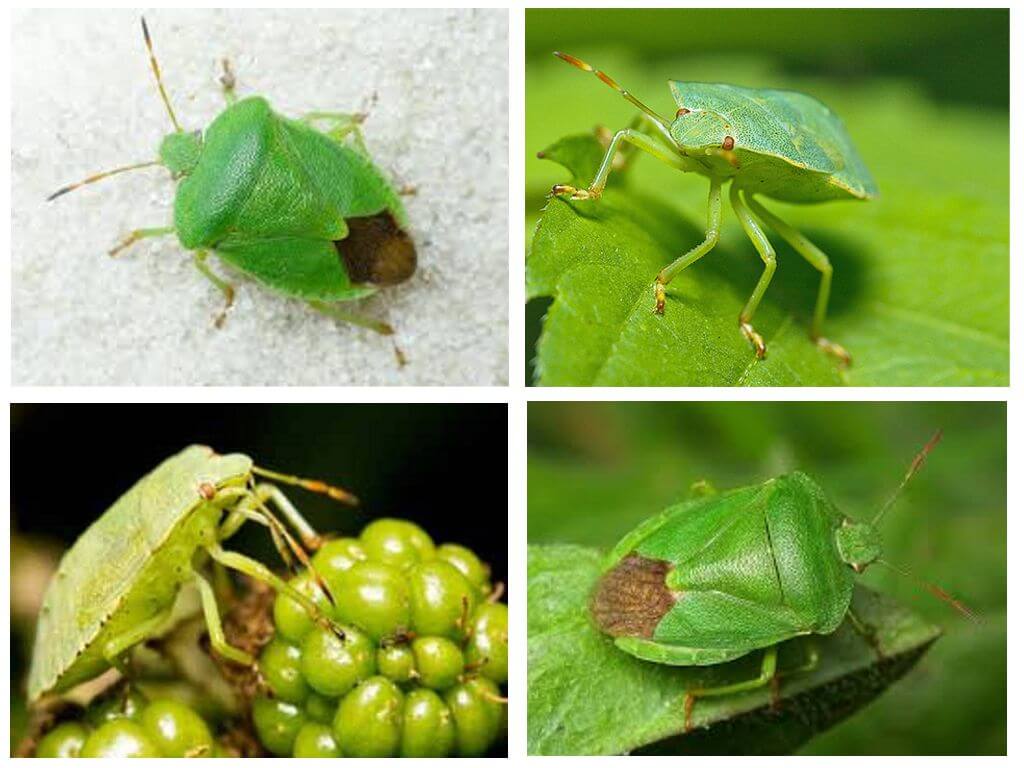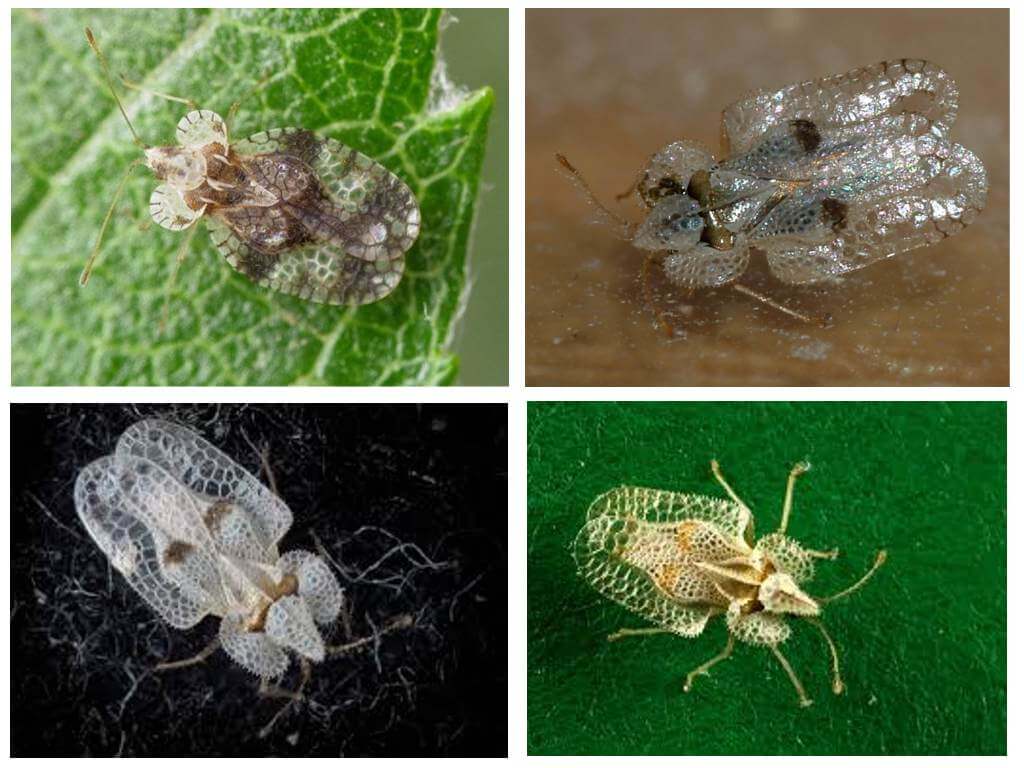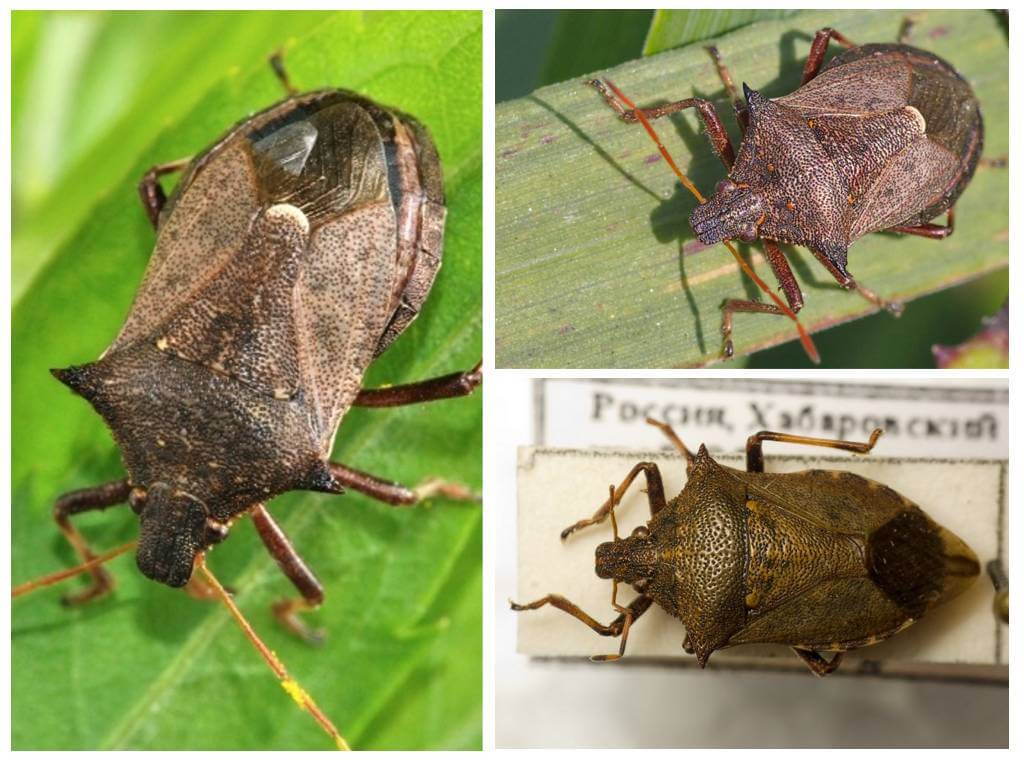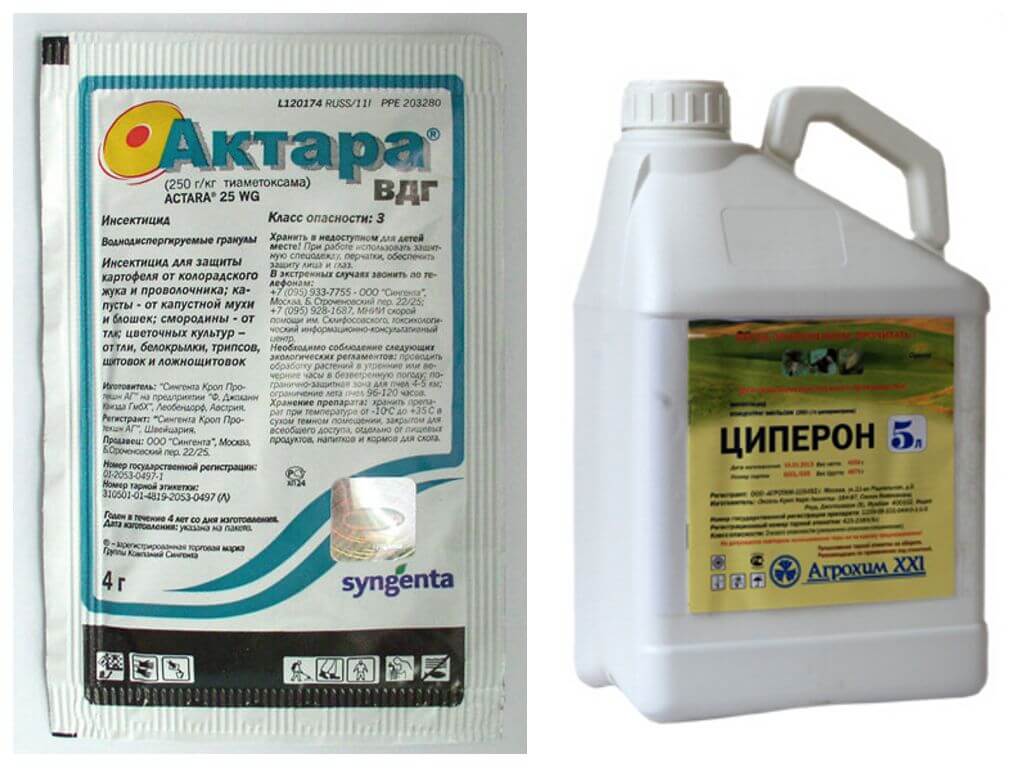Garden bugs
Content
- Garden bugs
- Shchitnik forest
- Berry bug
- Pear lace maker
- Bug
- Pikromrus
- Remedies for bedbugs
Garden bugs - is a collective name, which refers to all those living in gardens and kitchen gardens Shield bug. Representatives, as they are called, garden bugs are divided into several dozen species, differing in color and shape of the body. Below you can see what the garden bug looks like in the photo.
For the most part, garden bugs prefer to dwell in areas planted with cultivated plants. Some insect species are beneficial to humans, being pest killers. Others, on the contrary, are capable of causing enormous damage to the owners of orchards and gardens, feeding on the sap of plants and fruits. As a result, brown spots are formed on the leaves, which eventually become larger. The consequence of attacks of garden pests is a slow growth of plants, and even their death.
Insect pests
In nature, there are a large number of harmful garden bugs. Conventionally, they can be divided into two groups:
- summer bugs - parasitic only on fruit and berry plants;
- plant pests - they feed on the foliage of wild plants and can easily switch to garden crops.
Shchitnik green forest
Forest bugs Many gardeners are called green garden bugs. The size of an adult individual reaches a length of up to 1.5 cm. The bright green color of the body has slightly noticeable notches along the edges. Forest bug bugs breed in feeding places so that the larvae hatching from eggs do not have to search for food for a long time.The female lays about a hundred eggs, attaching them very tightly to the stalks of plants. After 1.5 weeks, the larvae appear from them, which turn into imago within 30 days.
There are green bugs in the trees. Wild and park plantings are the main source of their food. However, very often with such garden bugs can be found in the garden and garden. The first pest attacks raspberry bushes, there can also be bugs on the currants. Do not hesitate shchitnik and herbaceous plants.
Evridema north
The garden cruciferous bug or northern eurydema is one of the most dangerous pests, whose body size does not exceed 8 mm. Its bright color and beautiful pattern on the back are very similar in appearance. soldier bug, but the size of the damage caused by them is much more tangible. The mustache of the insect is covered with short hairs. A massive cruciferous flea increases its population in hot weather, with the result that they are able to destroy planted cabbage or other seedlings in just a few days.
Such garden bugs pests of plants eat radish leaves, cabbage, radish and other vegetable crops.Attacks of insects rarely withstand any plantings.
Berry shield
This garden bug is known to many as the shielder skunk. The insect has a bright burgundy color. One of its distinguishing features is unpleasant smellthat stands out on contact. The female is able to lay up to 400 eggs, with a hard coating and yellowish hairs. The pest goes through 5 stages of development. And after the first two, his black body acquires a burgundy color, and his belly turns yellow. Winter berry shnik conducts in the stage of imago, and wakes up only in the middle of spring.
On a note!
Garden berries bugs live mainly on shrubs. Bedbugs on raspberries or gooseberries eat not only the leaves of the plants, but also the berries themselves, making them unsuitable for eating.
Cucumber bug
One of the smallest insects of this family, the black body of which does not exceed 3 mm. However, this does not prevent him from jumping well. It is not always possible to notice a garden pest, since it lays mainly on the lower side of the leaf plate. Vegetable parasite lays eggs in the second half of summer, remaining to winter in this form.The larvae that appeared in May settle on the lower part of the leaf. Garden bugs can infect whole greenhouses by eating cucumber, sweet pepper, eggplant and tomato seedlings.
Pear lace maker
Many are surprised by the appearance of this garden pest. Plain body of beige shades has lace edges, the pattern of which repeats the pattern of the back. The individual develops on an incomplete type. Insects are very prolific - the female can lay up to 400 eggs. It takes about 4 weeks for the larva to transform into an adult.
By the name of this garden insect, you can determine its favorite habitat, they are pears, apples, apricots, plums and other fruit trees.
Shield Bug Harmful Bug
Another garden representative who is the worst enemy of agriculture. Shield Bug Harmful Bug - a relatively large insect whose body size reaches up to 13 mm. He was given this name because his color is very similar to the land tortoise. Developed wings enable the insect to overcome long distances. The lifespan of a pest is not more than 11 months.The plant bug breeds very quickly - in one season the female has time to lay about 15 egg-laying.
The question of what garden bugs eat this species will arise for everyone who finds in his garden a similar individual.
On a note!
Due to the fact that the insect feeds on cereals, it does not pose a danger to garden crops. But the damage to the grassland harmful turtle can cause enormous. However, in the absence of familiar food, the pest is able to easily replace it with nearby garden seedlings.
About useful bedbugs
However, not all garden bugs are harmful to humans. Some of their varieties benefit garden crops. Predatory bugs - so called enemies of harmful insects. Therefore, for the preservation of garden plantings, it will not be superfluous to know the predator bugs are useful.
Two-century perillus
Perillus bedbug is a serious threat to the Colorado potato beetle. The predatory bug bugs not only the larvae of the pest, but also destroys its egg-laying. Caterpillars of many butterflies and leaf beetles are also his favorite delicacy.This type of garden "protector" was introduced to Europe from North America, but it cannot survive our harsh winters. Small populations of foundis were found only in the Krasnodar Territory.
Pikromrus
These useful bugs eat American white butterflies, Colorado potato beetle, sawfly, scoop and other pests. Many research institutes and biofactories are engaged in their breeding. This kind of protection of the gardens makes it possible to abandon the use of insecticidal drugs. In our country, the seaside picromaros have taken root only in its European part.
Methods of struggle
Characteristic damages to garden crops indicate that harmful bugs have started in the garden. The situation is all the more relevant if it was possible to meet with such individuals. The only solution in this case is the immediate fight against plant parasites.
Chemicals
Vegetative parasites can be affected by pesticides, which contain insecticidal components. Usually used organophosphate and pyrethroid group. They are contact, intestinal and systemic types of action.
The drug Aktara is in great demand among consumers. Its distinguishing feature is the presence of a selective action - for pests it is destructive, but it will not cause harm to useful insects. No less popular means Kungfu, Regent, Ziperon, Bassoon, or Vanteks.
On a note!
Both sides of the sheet plate are subject to treatment with an insecticidal solution. Only in this case, you can achieve a positive result and save your crop in the country.
It is advisable to treat plants with chemicals when it comes to taking emergency measures.
Agrotechnical measures
Not superfluous in a situation when bugs are found in the garden, agrotechnical measures. It will help prevent the spread of pests in the garden plot timely cleaning of fallen leaves. After all, it is in winter many insects.
No less useful in the fight against plant parasites will be plowing the summer cottage and planting a cicicifuge or black cohosh. The uniqueness of these plants lies in their smell, which will help get rid of malicious insects.

